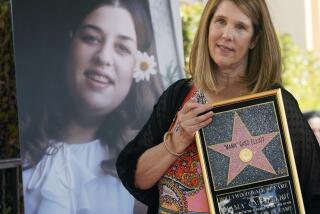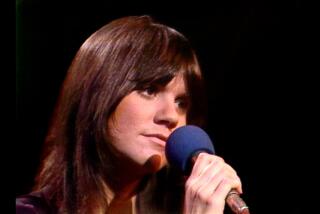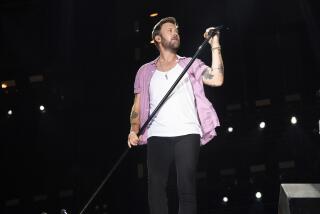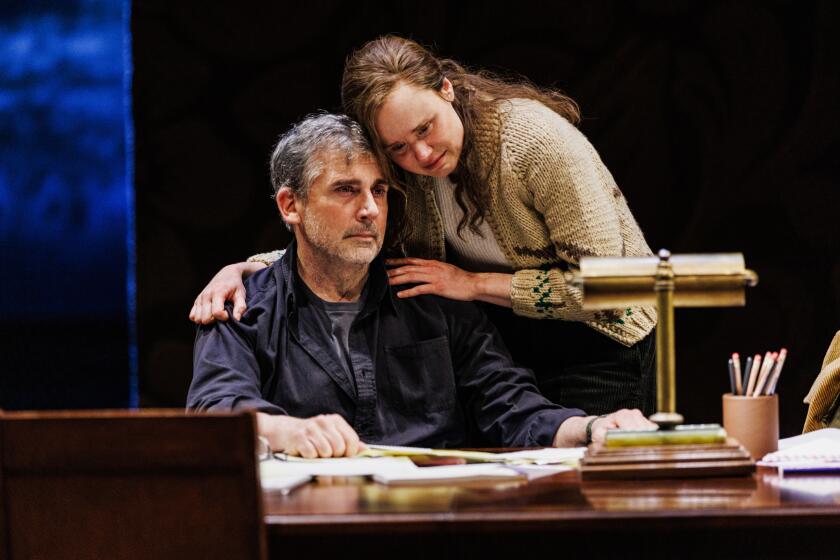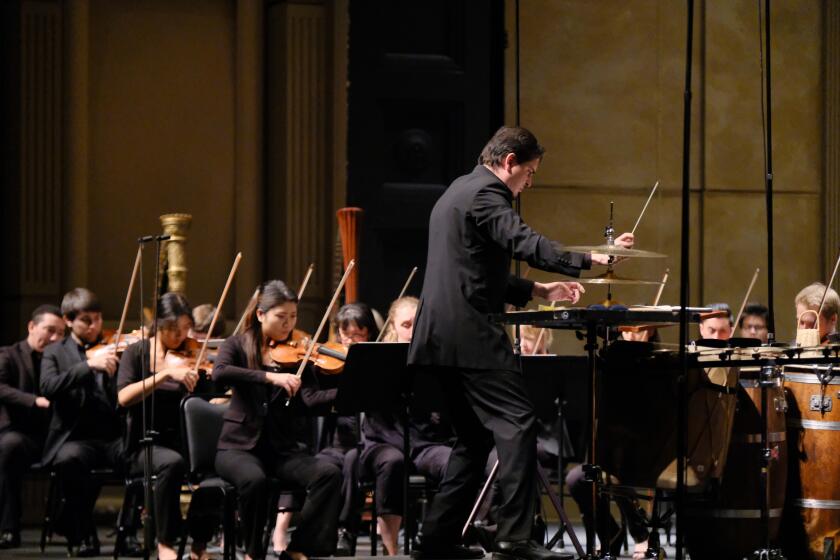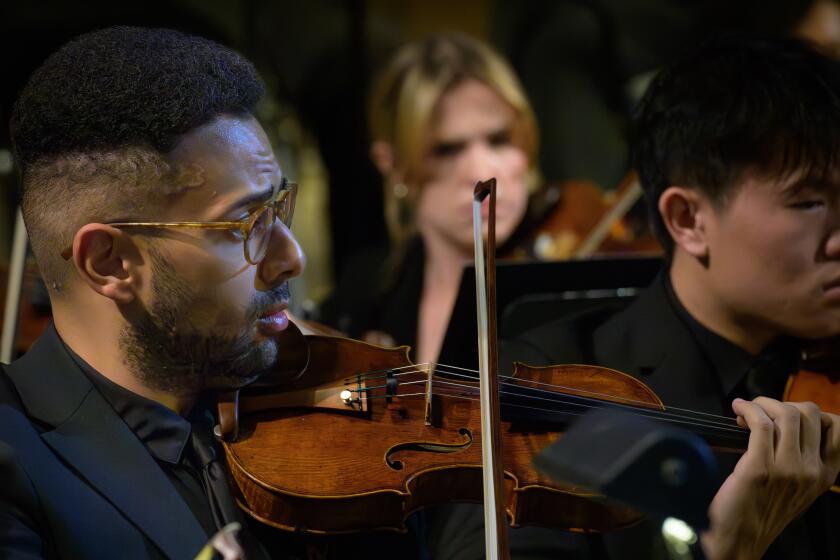Mancini Players, Guests Create Musical Heat
An air-conditioned Royce Hall on the UCLA campus is not a bad place to be on a sweltering August afternoon, especially when the music is entertaining and the price is right. Both were true on Sunday, when the series of free concerts associated with the Henry Mancini Institute offered a rare afternoon event and a near full house turned out for the program.
The institute’s concerts are designed to provide the 80-plus students--from 33 states and 11 countries--with opportunities to perform a rigorous collection of compositions in a demanding three-week schedule of performances.
For the musicians as well as the audiences there is the added benefit of newly commissioned music and the participation by world-class guest artists in each of the concerts.
The two headliners for Sunday’s event were bass trombonist David Taylor and bassist Christian McBride.
Taylor, who has won the National Academy of Recording Arts & Sciences Most Valuable Player Award five times and whose career has moved freely between jazz and classical music, in many ways epitomized the sort of eclectic professional versatility that the Mancini Institute program attempts to encourage.
The work in which he was featured, Michael Abene’s composition “Heritage-New/Old & Then Some,” was filled with improvisational opportunities for Taylor to probe every sound-producing aspect of his instrument. The results were remarkable--dark, mysterious subtones, vocalized passages with mutes, loud brassy shouts--all supported by the subtle, supportive qualities of Abene’s orchestral accompaniment.
McBride was offered a similarly well-crafted setting in John Clayton’s “Ray Brown Suite” (originally composed for the veteran bassist, here performed by one of his most gifted young followers). He responded with a characteristic blend of technical virtuosity and musical sensitivity.
In an era of high-speed bass playing, McBride’s fingers can move as fast as anyone’s, but--as he displayed to the fascinated young musicians behind him--he was equally concerned with a full exposition of the many lyrical passages in the Clayton composition.
The institute’s orchestra members had their own opportunities to shine in Peter Boyer’s opening “Celebration Overture,” a set of Copland pieces and Bruce Broughton’s colorful film music (from “Silverado,” “Miracle on 34th Street” and “Lost in Space”).
More to Read
The biggest entertainment stories
Get our big stories about Hollywood, film, television, music, arts, culture and more right in your inbox as soon as they publish.
You may occasionally receive promotional content from the Los Angeles Times.
